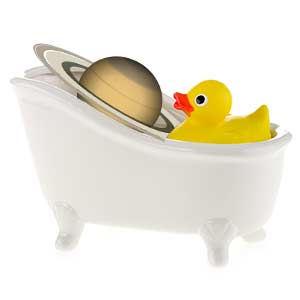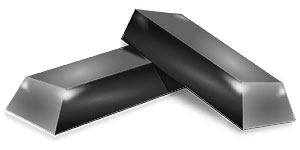Page 13


Did You Know
Did You Know is a feature in the Observer Newsletter with random astronomy or space facts. If any members find something of interest, send it to Ginger anytime during the year and it will be added to this fun page.
By Tom Campbell and Ginger Wentrcek
Distances
If you shrunk our Sun down to the size of a yardstick, Earth would be a little smaller than a pea and a football field length away. At this same scale, the nearest star (Alpha Centauri) would be almost 17,000 miles away!

It Can Float!
Saturn is the only planet in our solar system that has an average density less than that of water. If you could find a pool big enough, it would float!

How Fast Can a Pulsar Spin?
Say to yourself, “One thousand-one.” That took one second, and the pulsar PSR J1748-2446ad, located in the constellation Sagittarius, just rotated 716 times.

Powerful Explosions
The core of the sun emits the equivalent energy of 100,000,000,000 exploding nuclear bombs every second.

Cold Welding
If two pieces of the same type of metal touch in space, which is a vacuum, the atoms automatically flow between each other and the two pieces become one piece. This doesn't happen on Earth because air and water separate the pieces.

Armalcolite
Armalcolite, once thought to be a new mineral found on the moon at the Sea of Tranquility, with no earthly counterpart, was named for ARMstrong, ALdrin and COLlins, the three Apollo 11 astronauts, and has since been discovered in various locations on Earth.
For rock nerds, that's (Mg,Fe2+)Ti2O5
Image Source: By Thomas Witzke [CC BY-SA 3.0 de (https://creativecommons.org/licenses/by-sa/3.0/de/deed.en)], via Wikimedia Commons

